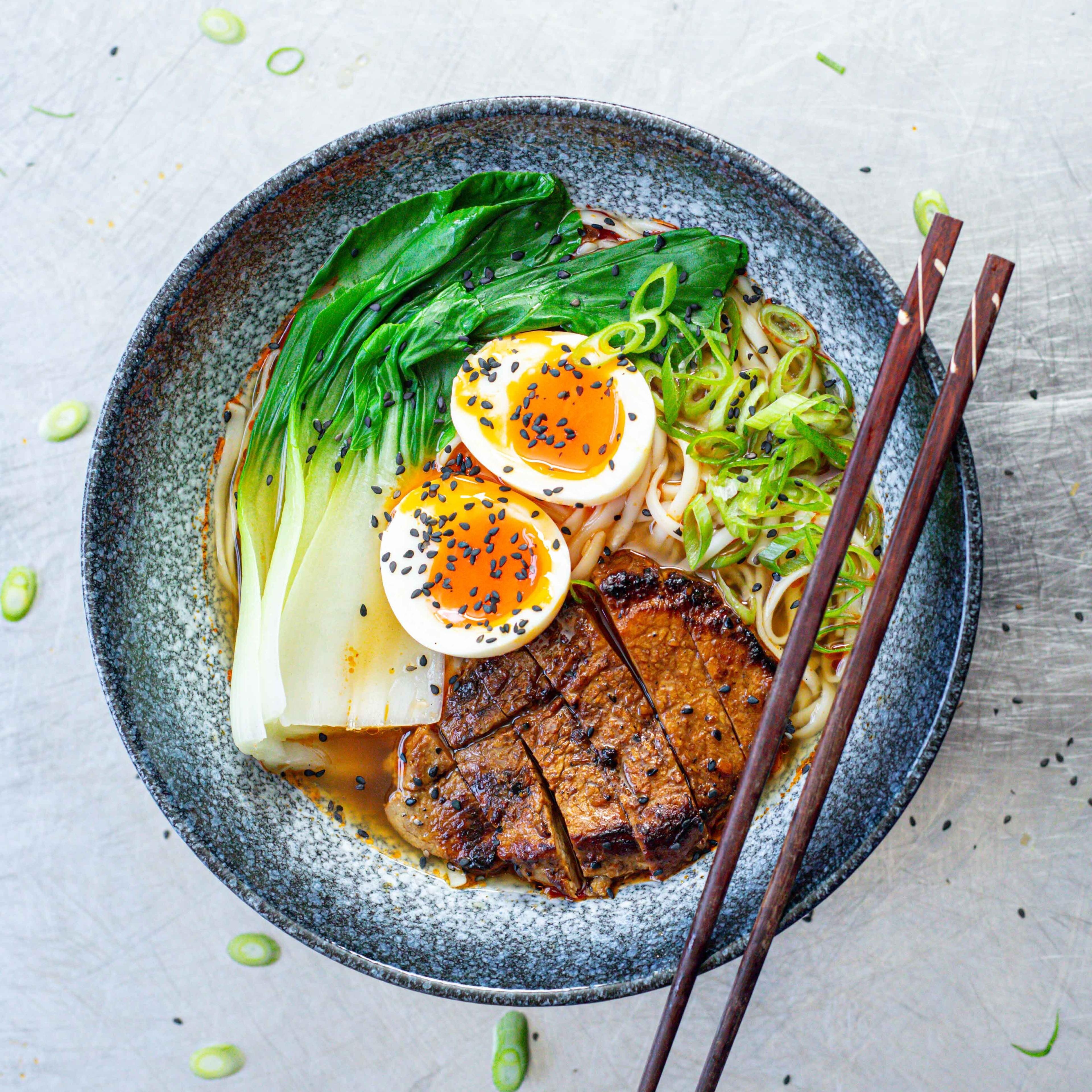When it comes to adding a touch of subtle and sweet vegetal flavour and a burst of nutrients to your meals, few vegetables can compete with the versatile and delicious pak choi (also known as bok choy or Chinese cabbage). This leafy green is a powerhouse in the vitamin department and not only adds a pleasant crunch and mild, slightly peppery taste to your dishes but also offers a wealth of health benefits. In this guide, we'll explore everything you need to know about how to cook pak choi like a pro.
How To Cook Pak Choi: A Step-by-Step Guide
The Health Benefits of Pak Choi
Before we dive into how to actually cook the stuff, let's take a quick look under the hood of the pak choi and try to explain why it should be a regular part of your diet. This so-called “superfood” is a rich source of essential vitamins and minerals, including vitamin C, vitamin K, vitamin A, and folate. It's also super low in calories, making it an excellent choice for those looking to maintain a healthy weight. Additionally, pak choi is known for its high levels of antioxidants and anti-inflammatory properties, which can support your overall health. Sounds pretty good, doesn’t it? If you’re looking for a way to cook pak choi while also getting in a decent amount of protein, we’ve got a Crispy Tofu & Charred Pak Choi Noodle Bowl with your name on it.
Now that we've established its nutritional value, let's get into the kitchen and learn how to cook pak choi in the simplest way possible.
Ingredients You'll Need:
Fresh pak choi
Olive oil or sesame oil
Garlic cloves, minced
Soy sauce or oyster sauce (optional)
Salt and pepper, to taste
Step 1: Choosing and Prepping Pak Choi
Start by selecting fresh pak choi from your local greengrocers or big supermarket. Most places should stock the stuff. If they don’t, try your nearest Asian supermarket – they’ll be able to sort you out. Look for vibrant green leaves and firm stalks. Avoid any with wilted or discolored parts. Rinse the pak choi under cold water and pat it dry with a paper towel.
Step 2: Cutting Pak Choi
Trim the tough end of the stalk off and separate the leaves. You can leave smaller pak choi leaves whole, but for larger ones, it's best to chop them into bite-sized pieces. This step ensures even cooking.
Step 3: Cooking Pak Choi
Method 1: Stir-Frying
Heat a tablespoon of olive oil or sesame oil in a wok or large pan over medium-high heat.
Add minced garlic and sauté for about 30 seconds until fragrant.
Toss in the pak choi pieces and stir-fry for 2-3 minutes until they start to wilt and turn bright green.
Add in a splash of soy sauce or oyster sauce for extra flavor.
Season with salt and pepper to taste.
Remove from heat and serve immediately.
Method 2: Steaming
Fill a pot with about an inch of water and place a steamer basket inside.
Bring the water to a simmer.
Arrange the pak choi leaves in the steamer basket.
Cover and steam for 3-4 minutes until the leaves are tender but still crisp.
Remove from the steamer and drizzle with olive oil or sesame oil.
Sprinkle with minced garlic, soy sauce, or oyster sauce if desired.
Season with salt and pepper to taste.
Step 4: Serving Pak Choi
Pak choi pairs wonderfully with a variety of dishes. You can serve it as a side dish alongside your favorite protein, toss it into stir-fries, soups, or noodle dishes like our Tantanmen Ramen and Cheat’s Dan Dan Noodles, or even use it as a filling for dumplings and wraps. The possibilities are endless! Well, sort of. I wouldn’t go and put them in ice cream or anything wild like that.
Conclusion:
Now that you've learned how to cook pak choi, you can incorporate this nutritious and flavourful vegetable into your daily meals. By following these simple steps and experimenting with different flavours and cooking methods, you'll unlock the full potential of this plucky little vegetable and (hopefully) enjoy its many health benefits. So, go ahead, have a crack at any of our Easy Pak Choi Recipes and let us know how you get on.
